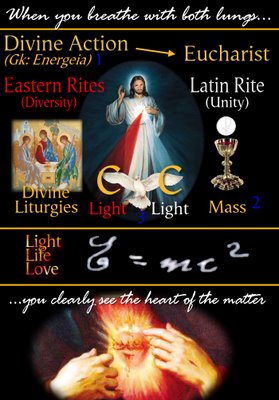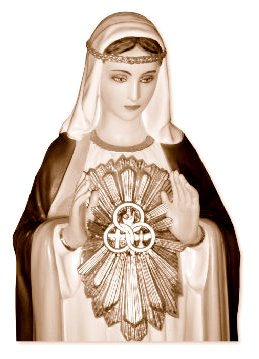Mass Convergence Theory
If we delve a little deeper into the etymological roots, then things get somewhat murky. Divergent schools of thought emerge. One view is that the Greeks borrowed it from Hebrew, where it connotes unleavened bread. A dramatically opposite view is that the Cretan term found its way into Hebrew – courtesy the warlike Philistines.
Anyway the exact order of precedence is immaterial as far as physics is concerned. Stepping back into the stream of ideas that wend their way through, to the modern notion of mass, we see that the trail leads us inevitably to the Bible. The Old Testament is replete with instances wherein fermented bread is proscribed and instead the unleavened maza approved in relation to certain sacrificial rituals. Fermentation was equated with putrefaction and regarded as symbolizing moral turpitude or corruption. According to Matthew 16:6, Christ says “Take heed and beware of the leaven of the Pharisees and of the Sadducee’s”. Thus it is widely held by the Christian theologians that it was the unleavened maza that was consumed at the last supper. The fact that during the re-enactment of the last supper in the Christian ritual of Eucharist unleavened bread is served, lends further credence to this view. It is pertinent, in the context to note that the very name of the Eucharistic service is `mass’.
If the terms mass and Mass are so closely related, one in the physical realm and one in the spiritual realm, might there be good reason to consider the possibility of a true both/and convergence at work.
Both mass and Mass have to do with gathering.
Matthew 18:20
Both mass and Mass have to do with nourishment.
John 6:58
Both mass and Mass have to do with unleavened bread.
John 6:41
Both mass and Mass are realized when fire/heat/light is manifest.
Luke 12:49
Both mass and Mass relate to Light as the conversion constant.
Nicene Creed
"Light from Light...through whom all things were made" Eucharist effects constant conversion.
God's good creation is based upon physical properties that He orders to govern the cosmos. E=mc2 appears to relate both to the Son of God, Jesus Christ (through whom all things were made) and to physical matter (which at its apex in Holy Mass is manifest as Christ's glorified human body).
The rest is pure mystery.
PS: Rest mass (m0) is the scientific description of the term m for mass as it applies to the famous equation. Isn't that exactly what Jesus desires? He reveals this in Matthew 11:28, "Come to me, all who labor and are heavy laden, and I will give you rest."
Sincerely yours in Jesus and Mary,
Mike Rizzio
Imitate Mary
Become like Jesus
Live for the Triune God
Seek the Light of Our Lord Jesus Chris
See you on the High Ground!
* - J.M.J. + O.B.T. + M.G.R. stands for:
Jesus, Mary and Joseph;
O Beata Trinitas; St. Michael,
St. Gabriel and St. Raphael






























No comments:
Post a Comment